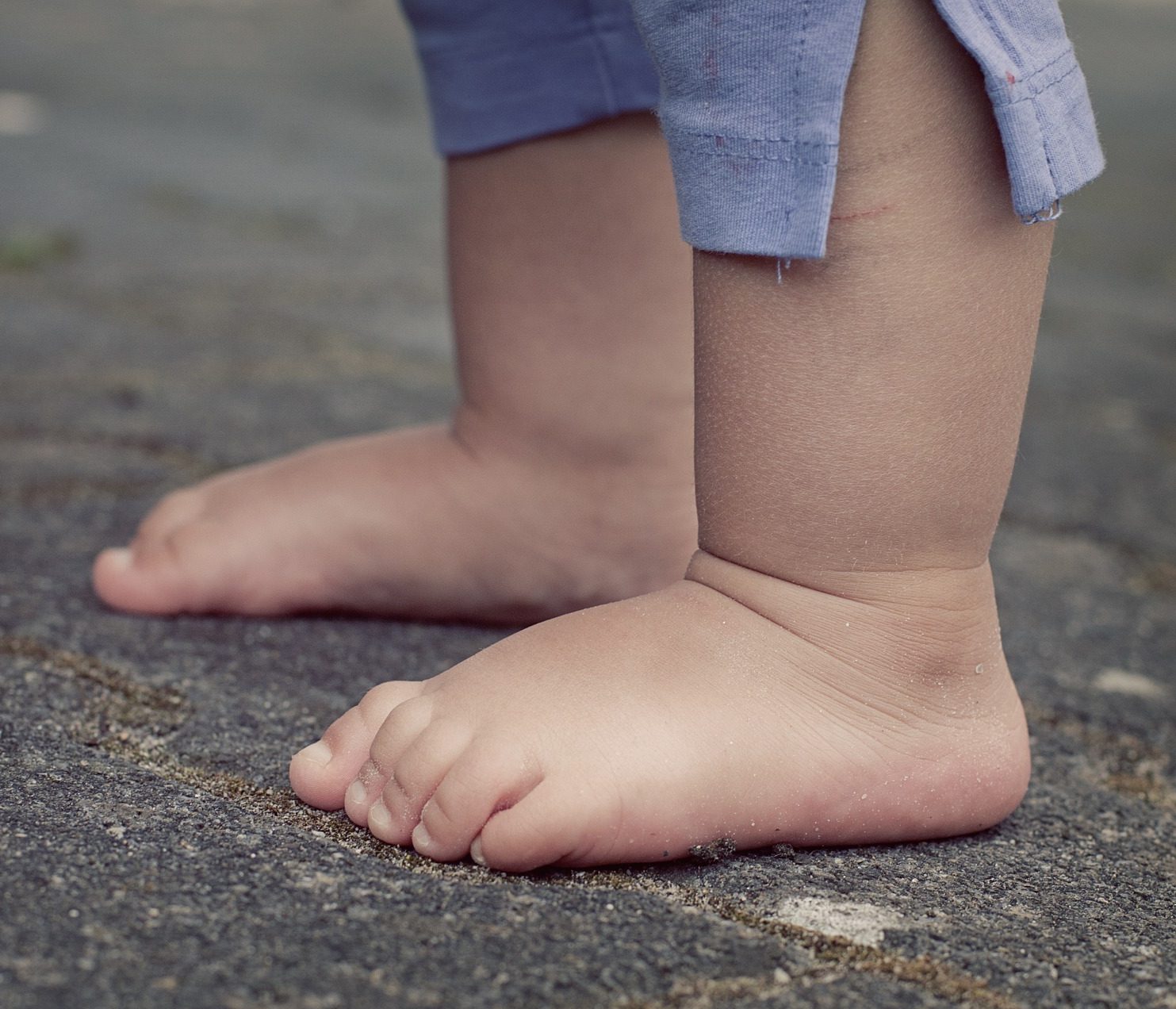Flat Feet – Pes Planus and Overpronation
What are Flat Feet?
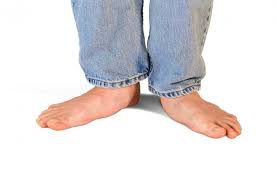 Flat feet (also called Pes Planus or fallen arches) is a postural deformity in which the arches of the foot collapse, with the entire sole of the foot coming into complete or near-complete contact with the ground.
Flat feet (also called Pes Planus or fallen arches) is a postural deformity in which the arches of the foot collapse, with the entire sole of the foot coming into complete or near-complete contact with the ground.
Having flat feet, or ‘fallen arches’, means that your feet have low or no arches and press almost completely flat against the ground.
The arch, or instep, is the middle part of the foot that’s usually raised off the ground when you stand, while the rest of the foot remains flat on the ground.
In young children, this arch isn’t always visible because of the baby fat and soft tissue in their feet. It usually develops and appears as they get older.
However, some people never really develop this arch. Sometimes, this is because they inherited flat feet from their parents.
Flat feet can can often be associated with:
- pain in the feet, ankles, lower legs, knees, hips or lower back;
- the feet rolling inwards too much (overpronation) – this can cause shoes to wear out quickly and lead to injuries; and/or
- an underlying problem with the bones, muscles or connective tissues in and around the feet (see below).
Treatment is recommended to prevent and if you have any of these problems.
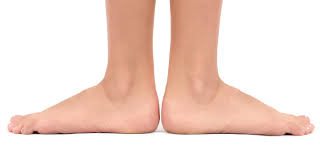
The difference between Pronation and Overpronation
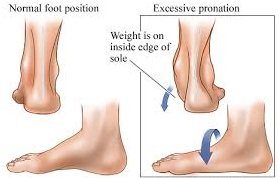
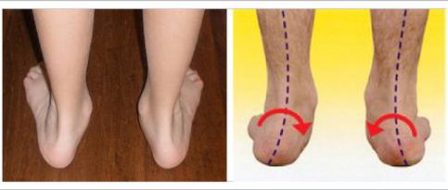
Pronation is a normal part of walking or running. When the outside edge of your heel hits the ground, it supinates—or locks—to deal with the shockwave. Your foot then rolls in a bit and your heel moves outward. Together, these actions cause you to pronate—or unlock. Pronation helps you absorb shock and adapt to uneven surfaces. If your foot rolls too far inward, like many people, you then overpronate.
What is Overpronation?
Overpronation can cause problems throughout your body, because the foot isn’t properly absorbing the shock of your stride. It instead passes that shock on to your legs, knees, hips, and even spine.
Overpronating also forces the inner toes to take on all the work of pushing off for your next step. That can lead to injury or other foot problems. Conditions can develop such as plantar fasciitis, bunions and calluses.
People with flat feet, low arches, or overly flexible arches tend to overpronate. Because your arches can’t support your step, your foot rolls too far inward, twisting your foot, leg, and knee and forcing your body out of proper alignment.
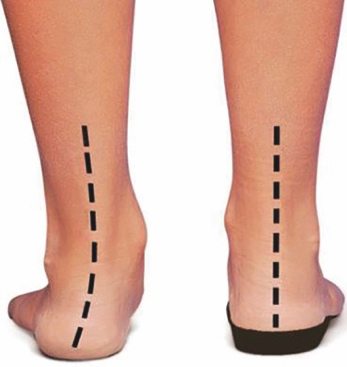
What causes flat feet?
Many people simply inherit flat feet from their parents.
Occasionally, flat feet can be the result of:
- the feet bones not forming properly in the womb;
- loose connective tissue throughout the body, such as in Ehlers-Danlos syndrome or joint hypermobility syndrome;
- a condition affecting the muscles and nerves, such as cerebral palsy, spina bifida or muscular dystrophy; or
- the connective tissue in the foot becoming stretched and inflamed – possibly as a result of overuse, unsupportive footwear, an injury, increasing age, obesity or rheumatoid arthritis.
Treatment for flat feet
Flat feet only need to be treated if you have an associated problem, such as pain, overpronation or an underlying health condition.
Non-surgical treatments, such as orthotics and arch supports are often recommended first, although surgery may be needed in severe cases.
In such circumstances a innovative treatment using a HyProCure implant is sometimes utilized as a stand-alone approach for the flexible foot or in combination with other procedures.
The Richie Brace® is a revolutionary alternative to traditional ankle braces and ankle-foot orthoses (AFO’s). The lightweight construction and low profile design features of the Richie Brace allows better shoe fit, more freedom of movement and reduced pain from injury. TFAAC Podiatrists are highly trained and specialise in prescribing these revolutionary customs made braces. The Richie Brace has become a gold standard treatment in the orthotics industry. It is universally recognized by Podiatrists, Pedorthists, Orthotists and Orthopedic surgeons as a unique, breakthrough technology to treat a wide variety of foot and ankle pathologies such as foot drop, ankle arthritis, ankle sprains and many other ankle injuries.
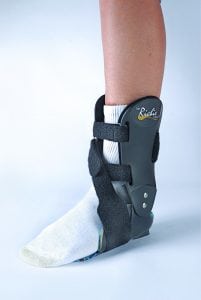
Podiatrists at The Foot and Ankle Clinic have vast experience in diagnosing and treating Flat Feet and excessive pronation and typically treatment is very successful but involves a multifactorial approach.
At the Foot and Ankle Clinic our highly qualified team of Podiatrists are all members of the Australian Podiatry Association and offer a combined 50 years’ experience. They are trained to diagnose and effectively treat flat feet via a range of treatments.
Put your feet in our hands! See us today in Chadstone, Moe, Sale, Traralgon, Warragul & Online Store and Retail Enquiries. NO REFERRAL NEEDED!.

